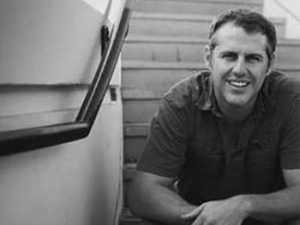The new addition to the front part of the house creates an extension of the existing house which was the work of Architect Martin Fenlon's renovation just outside the centre

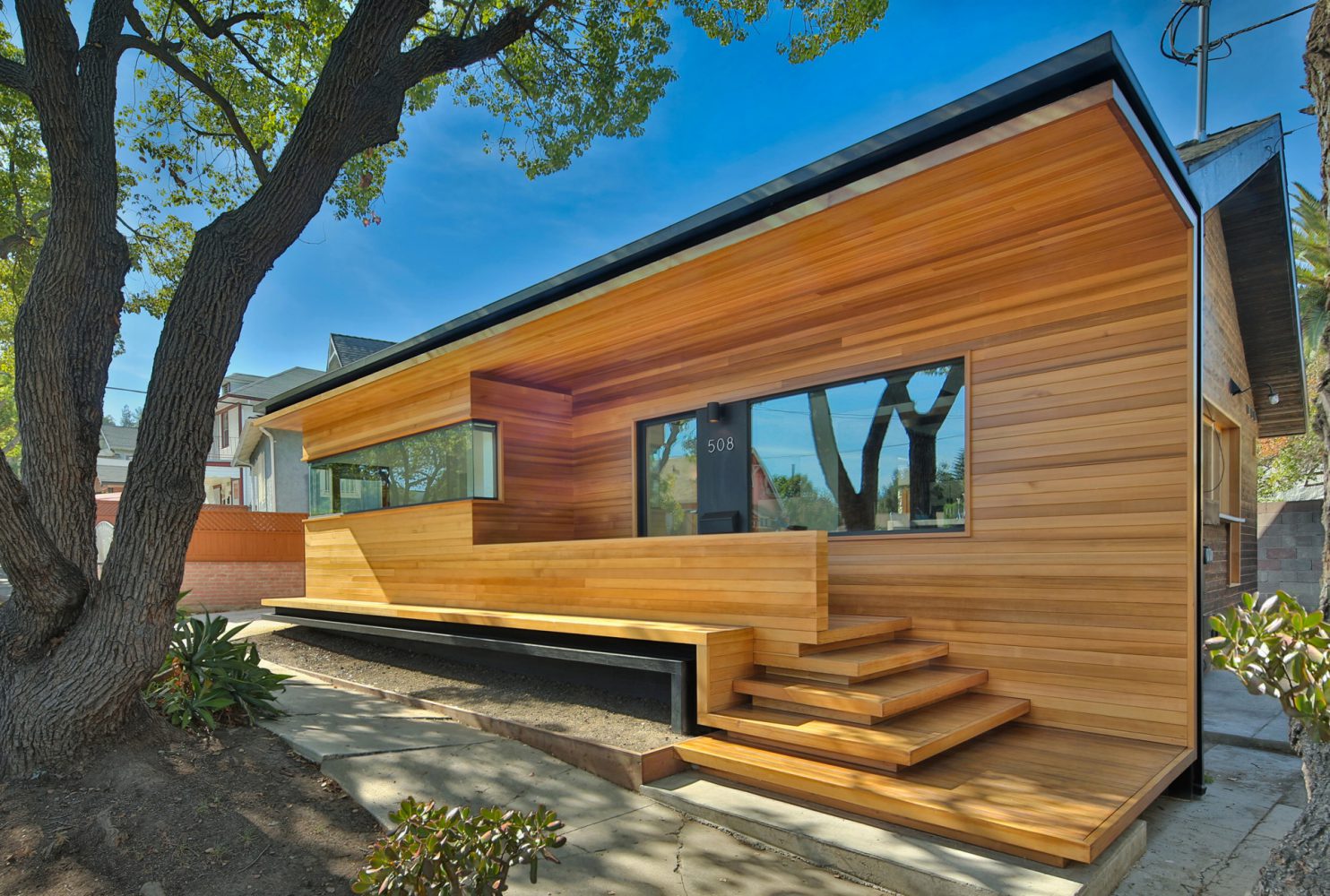
Wooden recovery in Los Angeles. Living in modernity among traditional essences
In a little-known neighborhood, Hermon, just outside the center of Los Angeles, a dilapidated bungalow dating back to 1920 has undergone a major renovation carried out by Architect Martin Fenlon bringing the old structure to life
- #America
- #United States
- #Habitation
- #Building recovery
- #Wood
- #Plaster
- #Architectures
- #Architecture
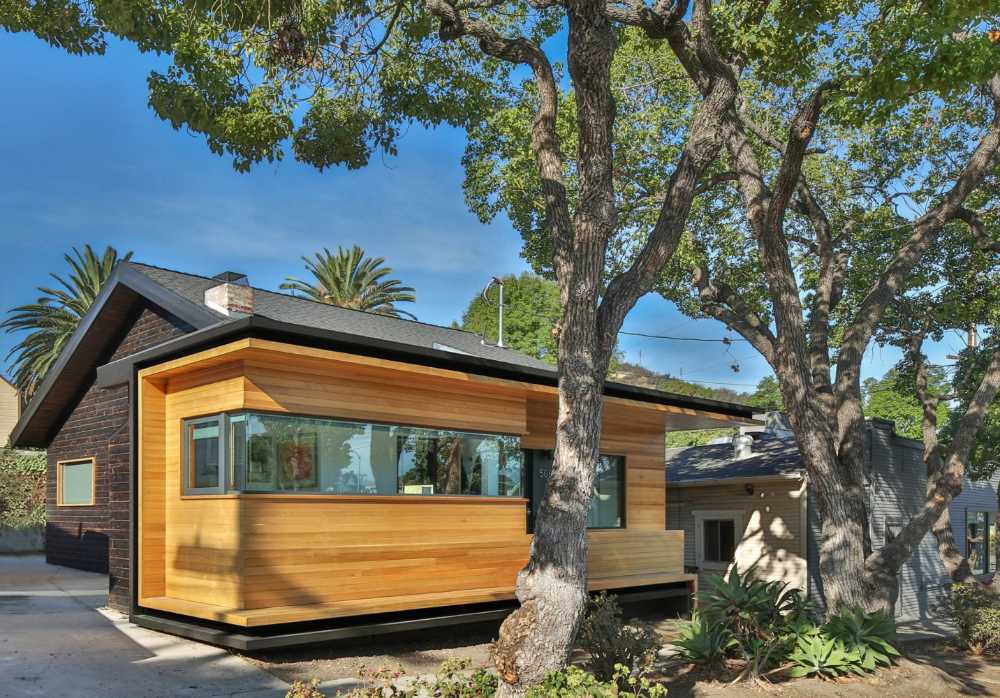
The new extension on the front of the house, is intended to be a volume intimately connected to the interior of the existing house, while maintaining its diversity. Clad with a light material made of cedar wood, in contrast to the flamed cedar that covers the rest of the building
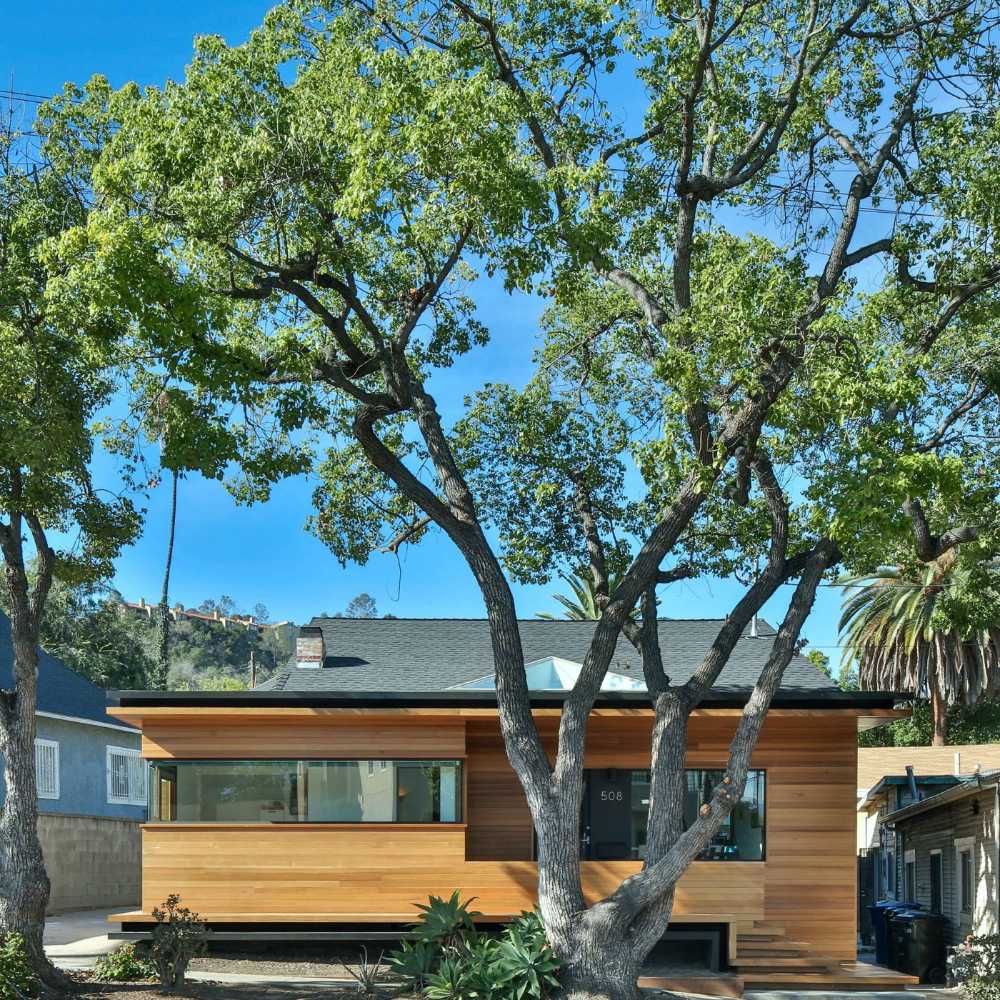
The volumetric extension connects the private space with the surrounding urban landscape, the terrace that extends towards the public sidewalk from place to place to a long sitting area

The gabled roof and the old porch were demolished, creating a large triangular opening in the roof that became a skylight, flooding the interior with natural light. The existing false ceiling has been removed, leaving the original wooden structure of the roof exposed
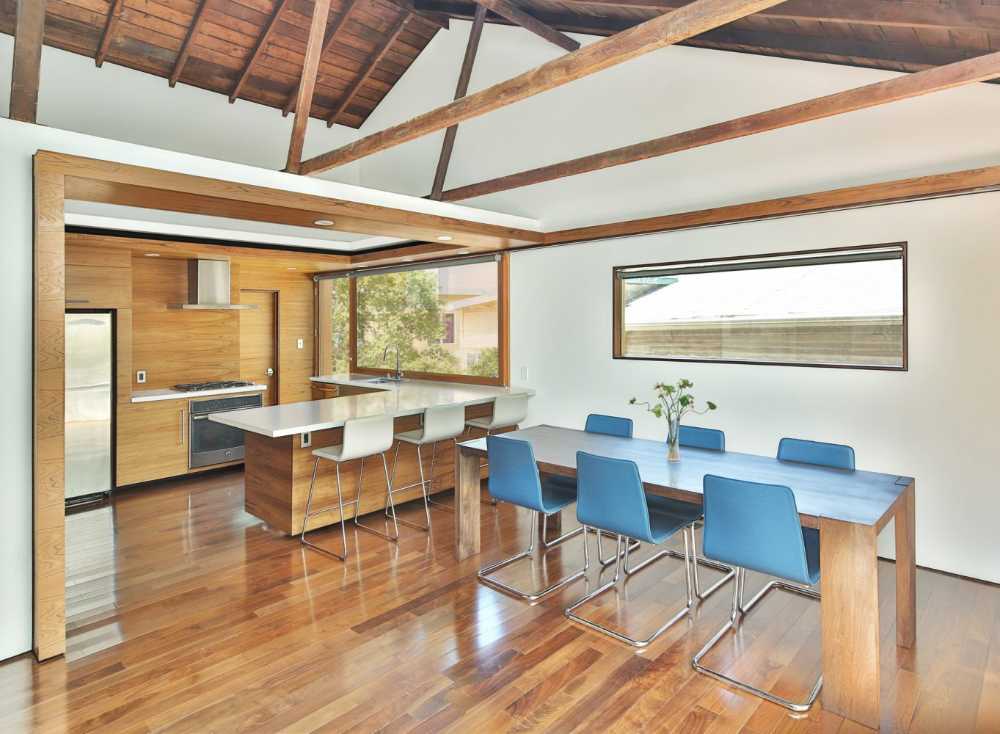
The new walnut and teak finishings are similar in colour to the existing wood, blurring the distinction between old and new. The simple composition of the wood and white plaster is reminiscent of California's architectural tradition
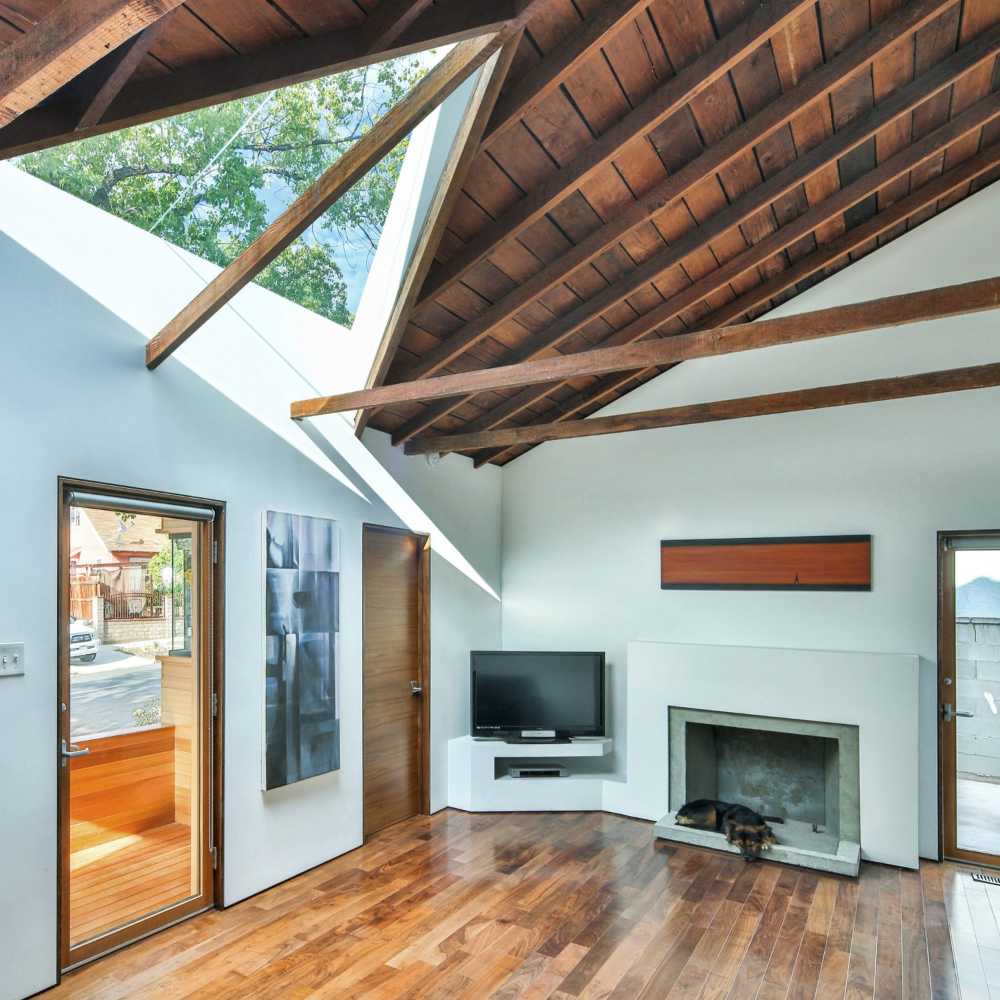
The kitchen, also covered in wood is located inside the existing area, creating a distinct environment within a space that reflects the external relationship of old and new. A cladding that hides a cheap furnishing
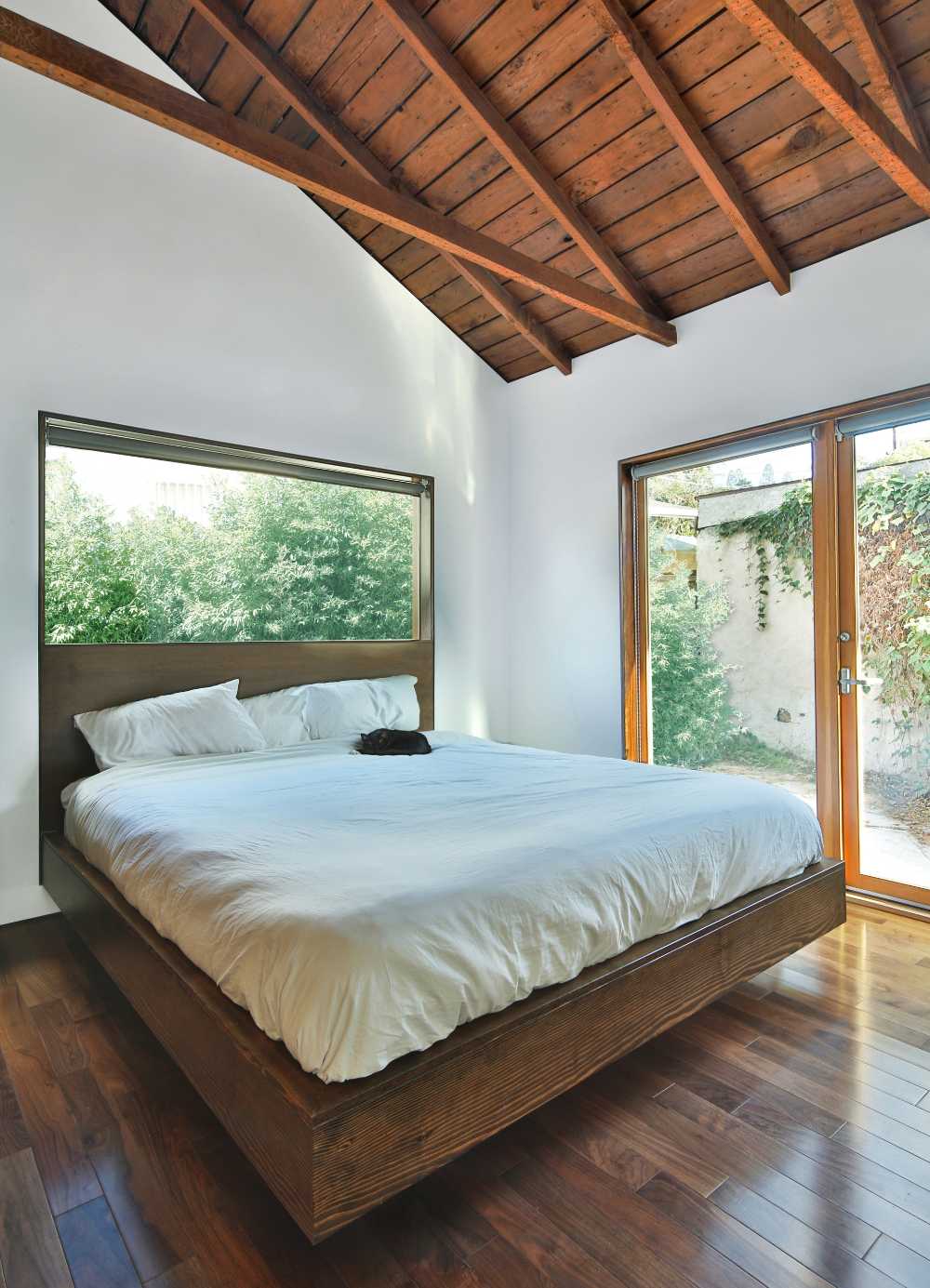
The appearance of an old wooden building has been completely changed following the intervention of the architect Martin Fenlon, who covers it internally with wooden elements and enhances the roof structure while leaving the old wooden frame visible










